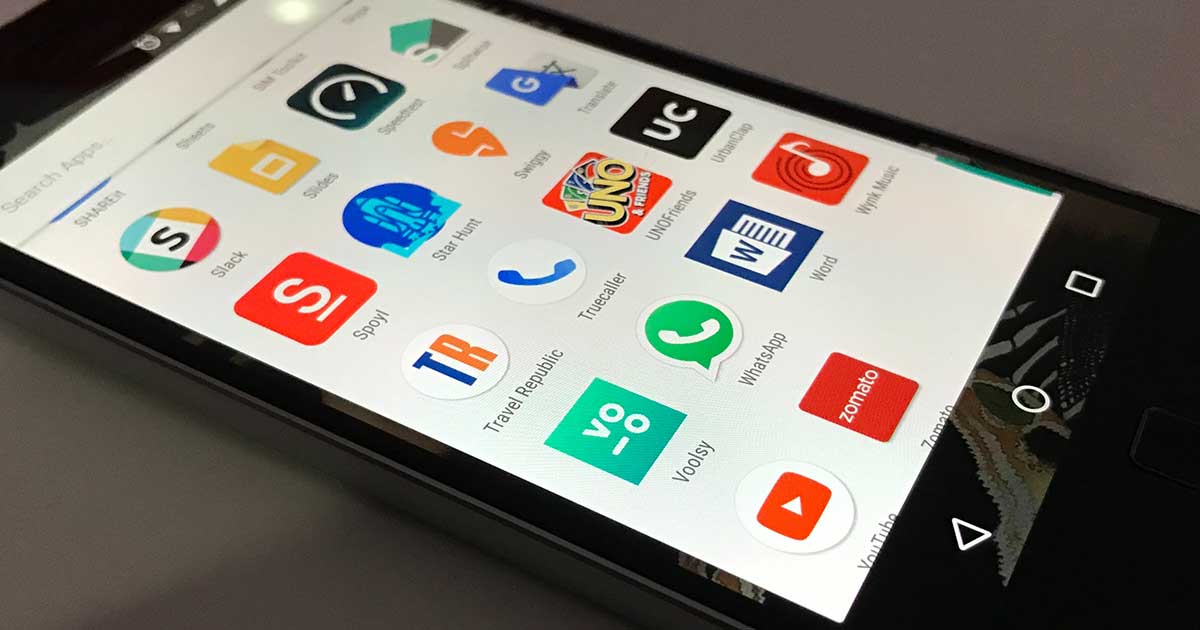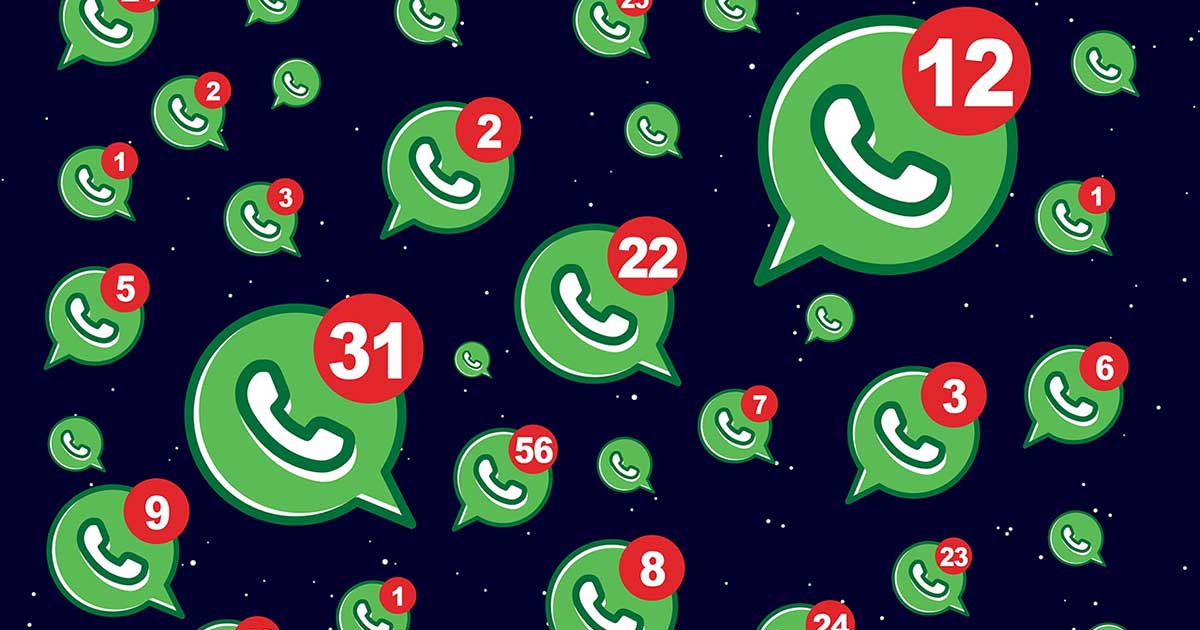
One of the most dangerous is that cybercriminals are exploiting the retails giant’s prime now service, where customers can get items like games consoles. Recently, AARP recounted several scams where cybercriminals posed Amazon's customer service or security team as a ploy to steal your personal information. Security experts have raised serious concerns about how easy it is for fraudsters to hack into Amazon accounts. The warning comes as customers are mercilessly targeted by a new telephone scam where crooks posing as Amazon customer service staff try to trick customers into handing over their bank details.
About 1.4 million suffered computer virus attacks, with 650,000 emails and social media profiles hacked.
Cyber Crime:
Phishing: Fraudsters trick you into revealing details via emails with links to websites that look like a bank's or contain a virus. Almost a quarter of us open the emails.
Identity theft: Criminals use fraud forums to buy and sell credit cards, email addresses and passports.
Hacking: A study of security breaches found 285 million data exposures equal to nine records exposed per second. It is often hackers working for crime gangs.
Online bullies: More than half of teens have been bullied online, and 40% of adults have been harassed.
The new victim who got attacked who is 40 became suspicious when she received an email welcoming her to Amazon prime, which she had not signed up to. The victim explained that three minutes of the first email at 11.45a.m and she is frequently getting several messages thanking me for shopping. It is said that she had bought a PlayStation for $279 and then an iPhone for $420 but she didn’t know how the order had been placed without my permissions.
But they had tried to buy two iPhone and two playstations but only the PlayStation went through when I tried to get through to get to the call centre they did not seem to understand it wasn't me ordering the goods. She had tried calling five times but couldn't get them to stop the orders, which were going to be delivered to my parents within a couple of hours. Amazon contacted the victim three days later, arguing her to dispute the dodgy purchase with her bank. She had already stopped the card.
The best way to ensure that you do not respond to a false or phishing email is to always go directly to your accounts on Amazon to review or make any changes to orders or your account. It comes as official statistics showed there were six million frauds and cyber crimes committed in England and Wales in the past year, with one in 10 of us being victims. They included one million online shopping scams.
If you receive an email or text asking you to take a specific action or provide personal details, don't click on anything within the message. Instead, go straight to the organisation's website. This will prevent you from accidentally downloading malicious content. Additionally, note that Amazon does not ask for personal information like personal information like bank account numbers or social security numbers in unsolicited emails. If you see fake websites and phone numbers with Amazon’s logo. Look for misspelled words and grammatical errors in emails or other correspondence. If someone sends you a message with a link, however the link without actually clicking on it. This allows you to see a link preview if the URL looks suspicious, don't click on it, as it's probably a phishing link that could download malicious content onto your device. It’s best to avoid interacting with the link and delete the message altogether.
Keep Your Details Safe:
- Action frauds says be very cautious with personal information such as age, addresses and phone number.
- Restrict details on internet profiles such as Facebook. Destroy or securely store documents.
- Make passwords complex and ensure looks over your shoulder when doing online transactions.
- Scammers also call fraud victims posing as officials. Police and banks will never ask for details like a pin or password.
Get more breaking news: https://www.isoeh.com/breaking-news.html
Exclusive Blog
Read All Exclusive Blog »
With world working from home, it's time to make it enjoyable and effective.
Read DetailsHacking Tools
Explore All Hacking Tools »
UFTP is an encrypted multicast file transfer program for secure, reliable & efficient transfer of files. It also helps in data distribution over a satellite link.
Read Details







